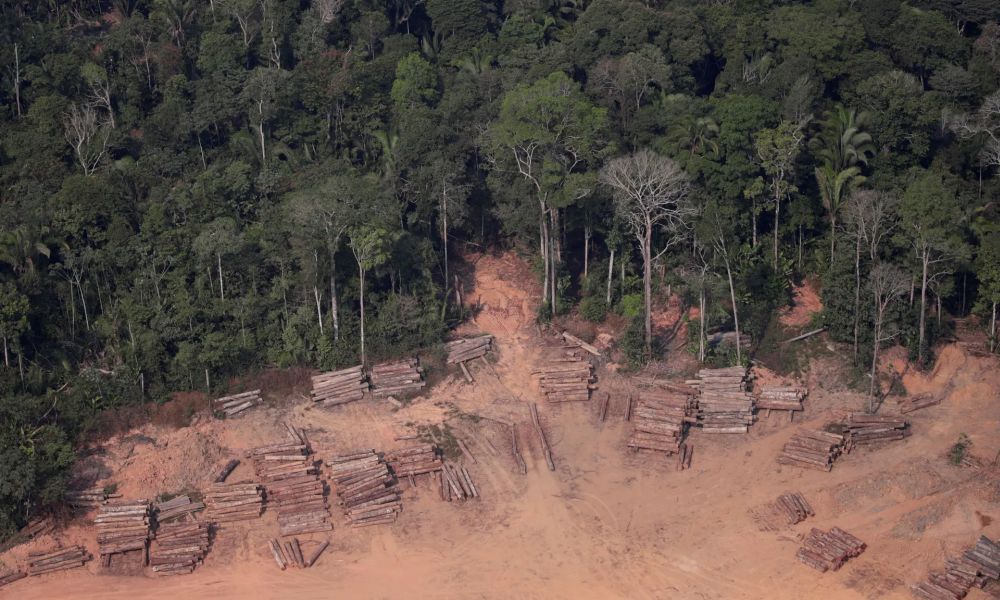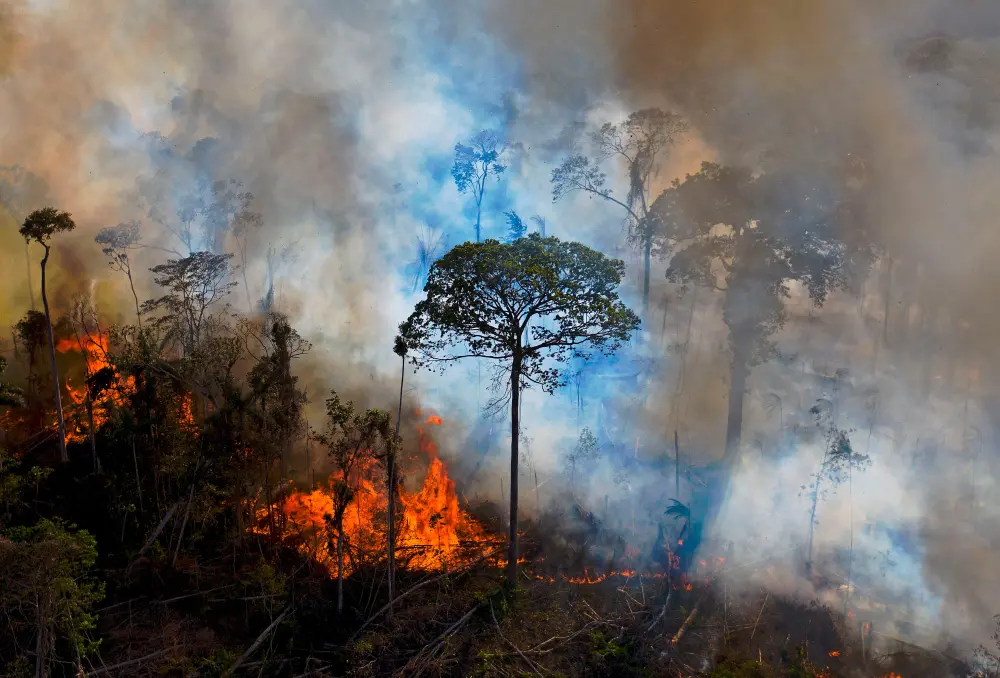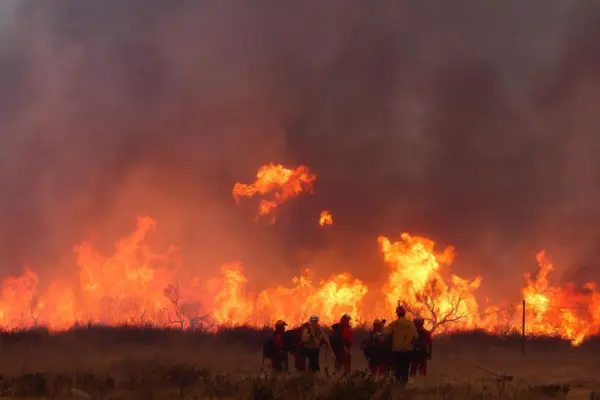Amazon Rainforest Turning into a Savannah Amid Loss of Resilience, Says Study
Home to countless flora and fauna species, the rainforest is slowly turning into a grassland as climate change reshapes the biodiversity of the planet
Now crumbling to pieces, Amazon Rainforest was once the crown jewel of this planet we call home and yet so cavalierly exploit it. Scientists explain that about three-quarters of the rainforest is exhibiting signs of resilience loss, which means a reduced ability to recover from disturbances like droughts, logging and wildfires. A study has indicated that the Amazon rainforest is turning into a savannah.
The biologically rich and diverse ecosystem is nearing a critical tipping point. Once there, the health of the planet is going to take a series of hits. The rainforest has a wide variety of unique animals and plants thriving in it; it stores vast amounts of carbon emissions and influences global weather patterns strongly.
Published in the journal Nature Climate Change, the study features a collection of month-to-month observations of satellite data from the past two decades. It also mapped the biomass and the greenness of the forest to determine the patterns and magnitude of changes triggered by shifting weather conditions.

Image: Ueslei Marcelino/Reuters
Initiating in the early 2000s, the decline in resilience indicates an irreversible loss. Although it is hard to pinpoint the exact moment of the transition from rainforest to savannah, it is inevitable.
Timothy M. Lenton, one of the authors and a director of the Global Systems Institute at the University of Exeter in the United Kingdom, said;
It’s worth reminding ourselves that if it gets to that tipping point and we commit to losing the Amazon rainforest, then we get a significant feedback to global climate change. We lose about 90 billion tons of carbon dioxide mostly in the trees but also the soil (of the Amazon).
What’s alarming is that this carbon sink will no longer be able to sequester any more of it once it turns into a grassland. Moreover, it could potentially wipe out thousands of wildlife species from the face of the earth.
One finding of the study that is worth noting is that loss of resilience was most apparent in areas closer to anthropogenic activities as well as those that witnessed decreased rainfall. Land-use changes, wildfires and climate change have posed great challenges for the rainforest, and it is still undeterminable how long the ecosystem would stand up to those challenges before collapsing.

Image: Carl de Souza
This observational-based data showcases what is happening to the crucible of biodiversity and the significant carbon sink. In any case, it cannot be denied that human activities have vastly contributed to the deterioration of the natural world.
If the Amazon rainforest does collapse and turns into a savannah, the world’s goal of achieving net-zero emissions will be practically unattainable. Moreover, with a war raging in the other corner of the planet, things couldn’t seem bleaker.
Via: CNN


